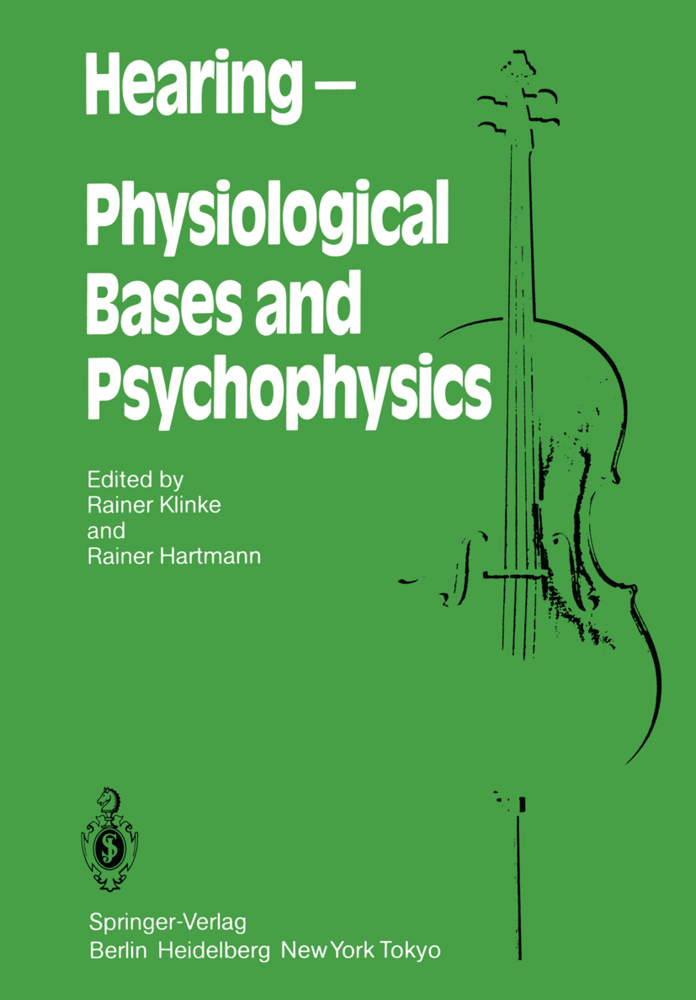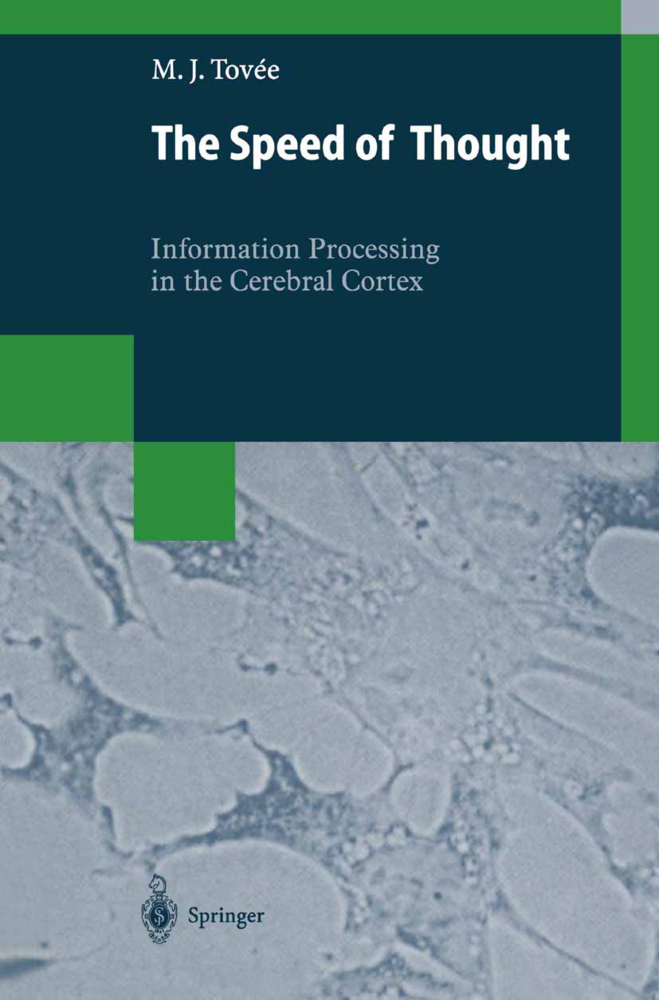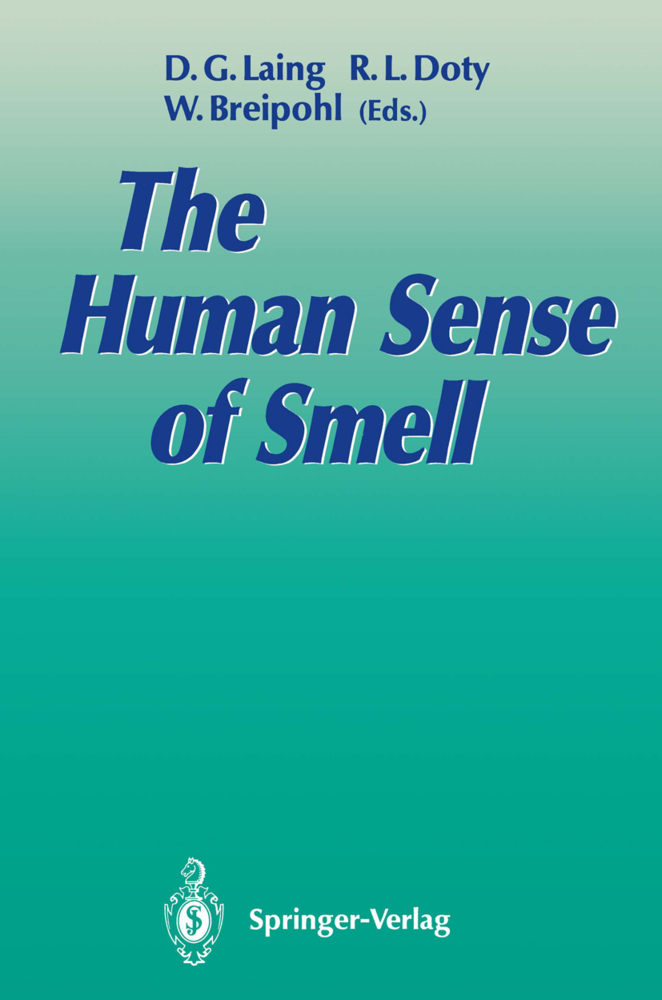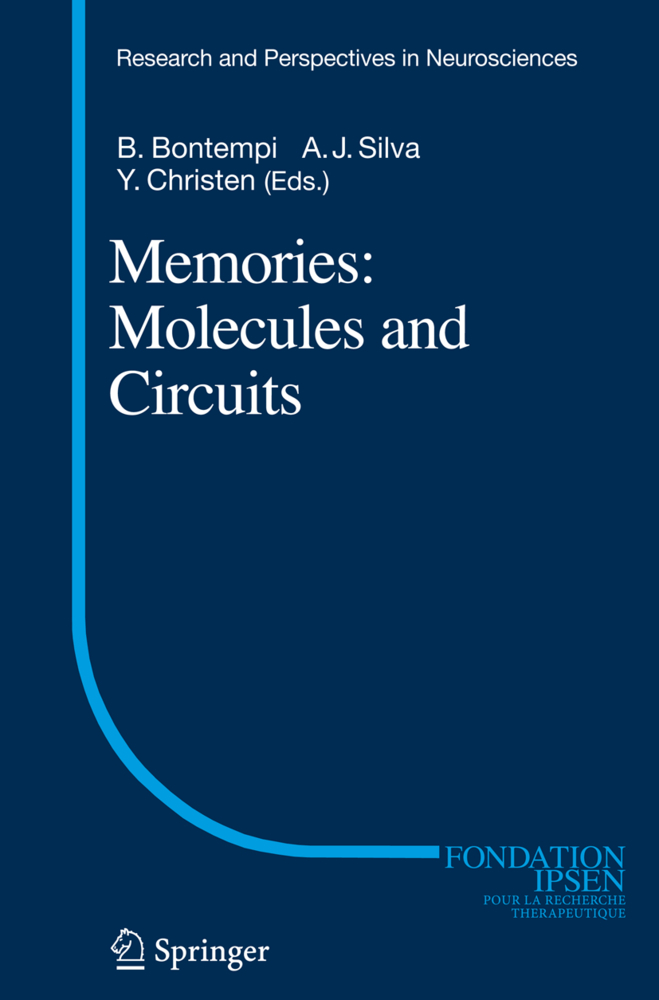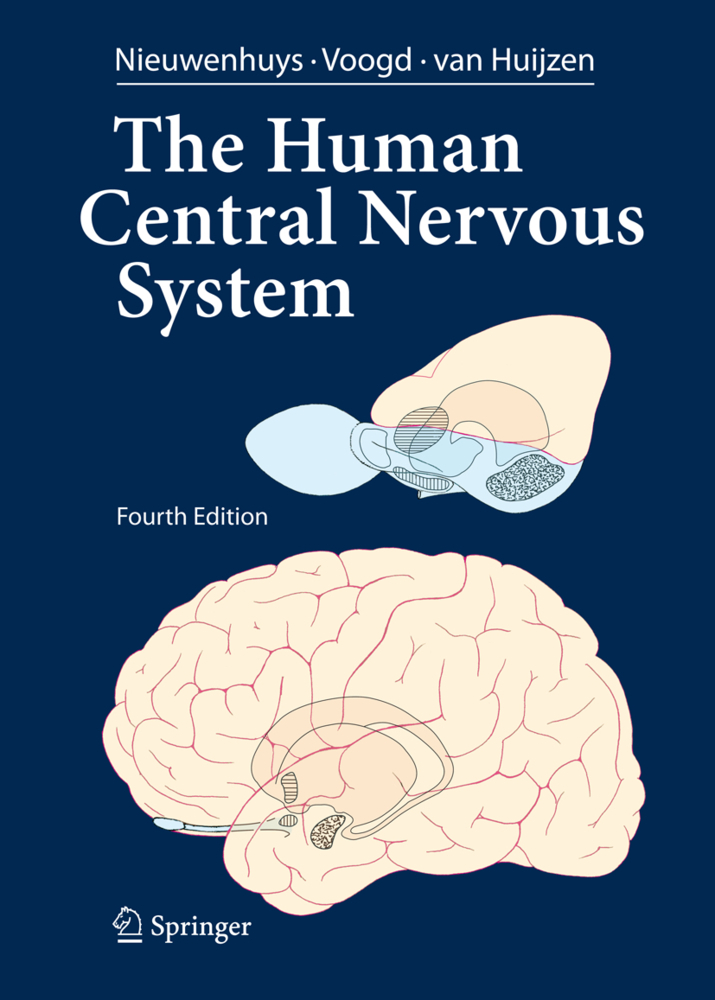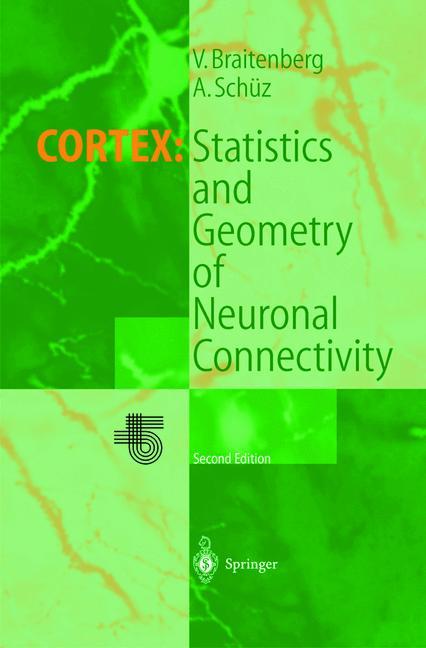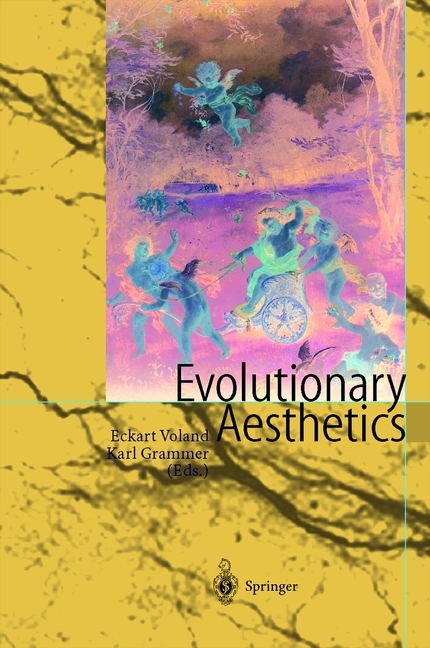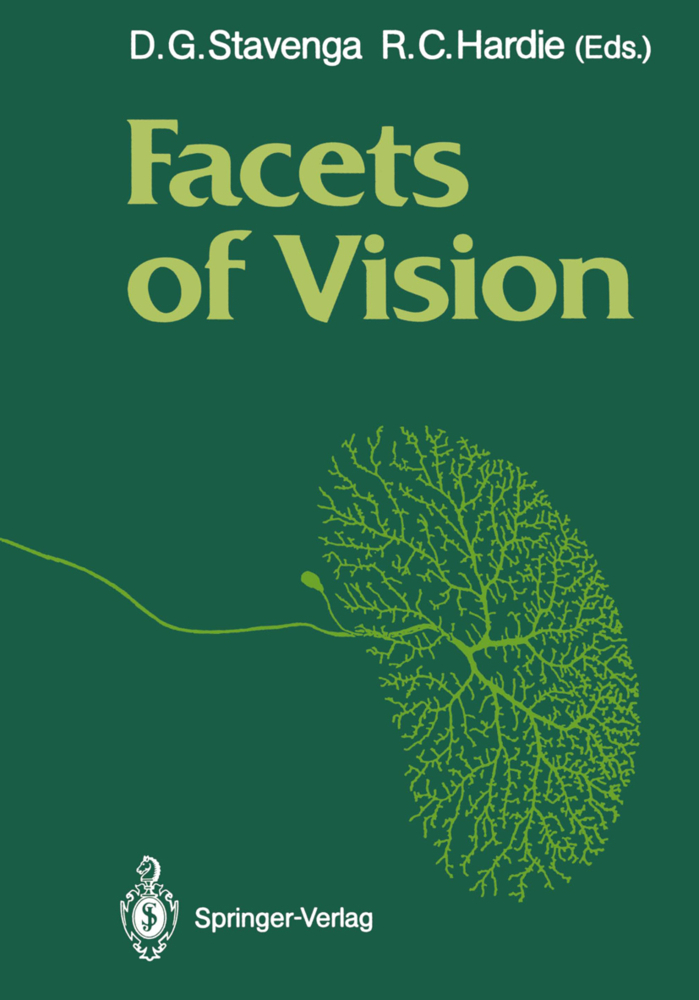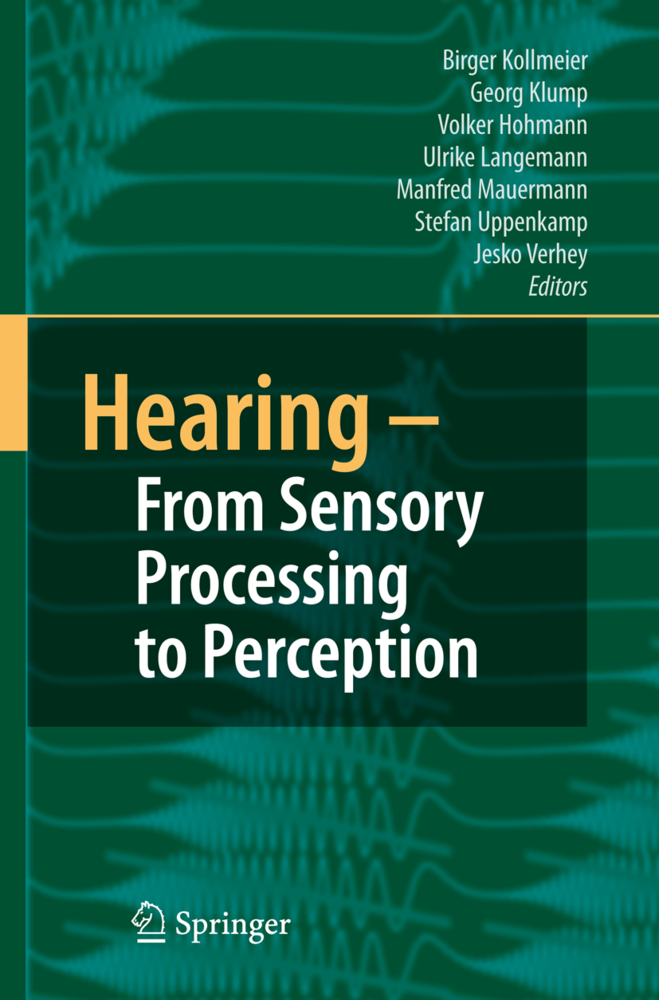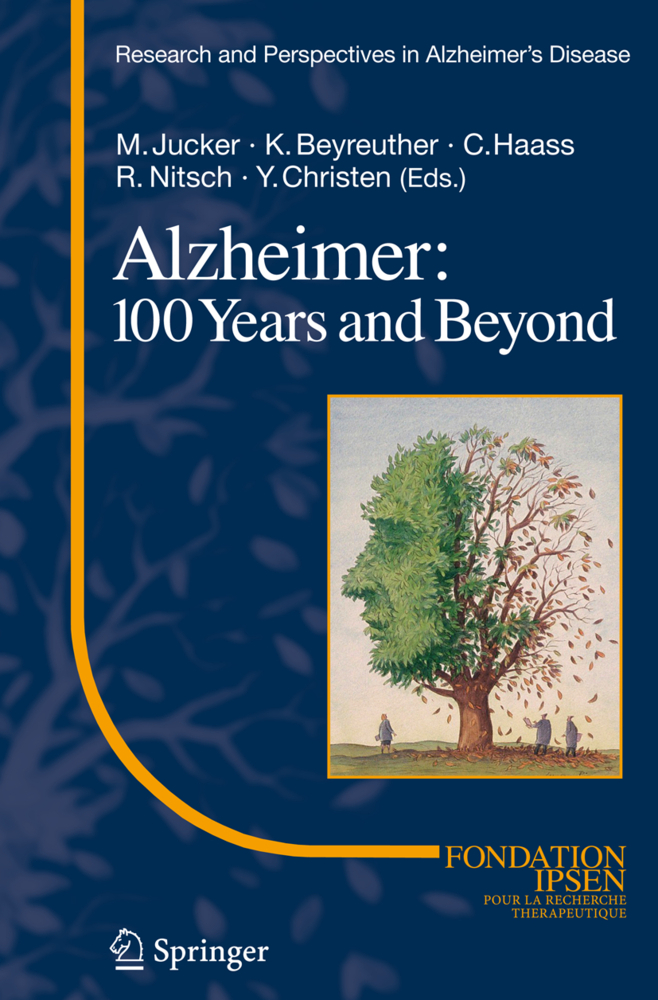Hearing - Physiological Bases and Psychophysics
Proceedings of the 6th International Symposium on Hearing, Bad Nauheim, Germany, April 5-9, 1983
Hearing - Physiological Bases and Psychophysics
Proceedings of the 6th International Symposium on Hearing, Bad Nauheim, Germany, April 5-9, 1983
The present book contains the original papers and essential points of the general discussion of a meeting organized in a series of tri-annual conferences, initiated by Dr. R. Plomp with the meeting in Driebergen, The Netherlands, 1969. These symposia have tried to bring to\ether people from extreme fields in auditory research and to amalgamate their recent findings. This series of conferences has proven to be most successful and has attracted much attention by scientists in auditory research. The organizers have tried to maintain the character of the meeting with em phasis on discussion by precirculation of the full text of the papers and by re stricting the number of active contributions. Unfortunately, this forced us to reject a great number of submitted papers - in selection we attempted to compose a fair survey of certain fields of auditory research but leave others untreated. Because of the same reason the number of invited review papers had to be limited to three. The reader may decide whether or not this selection was adequate. We thank all those participants who attended the meeting inspite of the rejection of their paper. The authors have been responsible for text and typing of their manuscripts. The editors have not attempted to standardize the spelling.
Inner Hair Cell Receptor Potentials Investigated during Transient Asphyxia: a Model for Hair Cell Coupling
Frequency Tuning and Ionic Conductances in Hair Cells of the Bullfrog's Sacculus
Synaptic Hyperpolarisation and Loss of Tuning in Turtle Cochlear Hair Cells
Cochlear Electroanatomy: Influence on Information Processing
Electrochemical Profile for Potassium Ions across the Hair-Cell Membranes
Comparison of Basilar Membrane, Hair Cell and Neural Responses
Thermal Noise and Active Processes in the Inner Ear: Relating Theory to Experiment
Cochlear Potentials in Homozygous and Heterozygous Bronx Waltzer Mice
Dual Acoustical Sensitivity in Frogs
Frequency Coding in the Inner Ear of Anuran Amphibians
On the Frequency-Distribution of Spontaneous Cochlear Emissions
A Comparison of Mechanical Nonlinearities in the Cochleae of Man and Gerbil from Ear Canal Measurements
Psychophysical Aspects of Cochlear Acoustic Emissions ("Kemp-Tones")
"A Family with High Tonal Objective Tinnitus" - an Update
On Peripheral Processing in Human Hearing
Section II. Auditory Nerve and Cochlear Nucleus, Central and Centrifugal Auditory Systems
Intensity Functions and Dynamic Responses from the Cochlea to the Cochlear Nucleus
Representation of Acoustic Stimuli in the Presence of Background Sounds: Adaptation in the Auditory Nerve and Cochlear Nucleus
Nonlinear Behavior at Threshold Determined in the Auditory Canal and on the Auditory Nerve
Peripheral Auditory Adaptation and Forward Masking
Pitch and Cochlear Nerve Fibre Temporal Discharge Patterns
Suppression in Neural Response of the Auditory System to Click Pairs and to CosineNoise
Auditory-Nerve Fibre Correlates of the Critical Bandwidth as Determined by Loudness Estimation
Dynamic Maintenance and Alterability of Cortical Maps in Adults; some Implications
Temporal Resolution of Amplitude Modulation and Complex Signals in the Auditory Cortex of the Cat
The Distribution of the Olivo-Cochlear Bundle and Its Possible Role in Frequency/Intensity Coding
Section III. Binaural Interaction
Review Paper: Psychoacoustic Binaural Phenomena
Recent Developments in Binaural Modeling
Lateralization of Transient Signals and Types of Delay
Lateralization of Transients Presented at High Rates: Site of the Saturation Effect
Dynamic Cues in Binaural Perception
Cat Superior Olivary Complex (SOC): the Basis of Binaural Information Processing
Structure and Function of Crossed and Uncrossed Pathways to the Inferior Colliculus in the Rat
Monaural and Binaural Contributions to an Auditory Space Map in the Guinea-Pig Superior Colliculus
Binaural Hearing and Neural Interaction
Section IV. Psychophysics
Review Paper: Psychoacoustics of Normal and Impaired Listeners
Loudness Adaptation Induced Interaurally and Monaurally
Accounting for the Loudness of a Sinusoid in Noise
The Role of Modulation in Hearing
On the Perception of Spectral Modulations
Fluctuation Strength of Modulated Tones and Broadband Noise
Monaural Phase Effects in Masking with Multicomponent Signals
Decay of Pulsation Threshold Patterns
Section V. Pitch Perception
Mutual Pitch Influence of Components in a Compound Sound
Monotic and Dichotic Pitch JND's Compared
Pitch Discrimination and Musical Interval Recognition in Backward Masking
Threshold Duration for Melodic Pitch
Pitch of Sinusoids and Complex Tones above 10 kHz
Neuronal Mechanisms fora Periodicity Analysis in the Time Domain
Section VI. Speech and Hearing Impairment
Auditory-Nerve Representation of Voice Pitch
JNDs for the Spectral Envelope Parameters in Natural Speech
The Reception Threshold of Interrupted Speech for Hearing-Impaired Listeners
Impaired Frequency/Time Resolution and its Effect on Speech Intelligibility
CAP Unmasking, CAP Tuning and CAP Thresholds in Humans
Some Aspects of Signal Processing in Individuals with Residual High-Frequency Hearing
The Relationship between Pure-Tone Thresholds and Psychoacoustical Tuning Curves in the Hearing Impaired: Preliminary Findings
Dissociation between Frequency Resolution and Hearing Threshold.
Section I. Inner Ear Mechanisms and Cochlear Emissions
Review Paper: Hair Cells, Receptors with a Motor Capacity?Inner Hair Cell Receptor Potentials Investigated during Transient Asphyxia: a Model for Hair Cell Coupling
Frequency Tuning and Ionic Conductances in Hair Cells of the Bullfrog's Sacculus
Synaptic Hyperpolarisation and Loss of Tuning in Turtle Cochlear Hair Cells
Cochlear Electroanatomy: Influence on Information Processing
Electrochemical Profile for Potassium Ions across the Hair-Cell Membranes
Comparison of Basilar Membrane, Hair Cell and Neural Responses
Thermal Noise and Active Processes in the Inner Ear: Relating Theory to Experiment
Cochlear Potentials in Homozygous and Heterozygous Bronx Waltzer Mice
Dual Acoustical Sensitivity in Frogs
Frequency Coding in the Inner Ear of Anuran Amphibians
On the Frequency-Distribution of Spontaneous Cochlear Emissions
A Comparison of Mechanical Nonlinearities in the Cochleae of Man and Gerbil from Ear Canal Measurements
Psychophysical Aspects of Cochlear Acoustic Emissions ("Kemp-Tones")
"A Family with High Tonal Objective Tinnitus" - an Update
On Peripheral Processing in Human Hearing
Section II. Auditory Nerve and Cochlear Nucleus, Central and Centrifugal Auditory Systems
Intensity Functions and Dynamic Responses from the Cochlea to the Cochlear Nucleus
Representation of Acoustic Stimuli in the Presence of Background Sounds: Adaptation in the Auditory Nerve and Cochlear Nucleus
Nonlinear Behavior at Threshold Determined in the Auditory Canal and on the Auditory Nerve
Peripheral Auditory Adaptation and Forward Masking
Pitch and Cochlear Nerve Fibre Temporal Discharge Patterns
Suppression in Neural Response of the Auditory System to Click Pairs and to CosineNoise
Auditory-Nerve Fibre Correlates of the Critical Bandwidth as Determined by Loudness Estimation
Dynamic Maintenance and Alterability of Cortical Maps in Adults; some Implications
Temporal Resolution of Amplitude Modulation and Complex Signals in the Auditory Cortex of the Cat
The Distribution of the Olivo-Cochlear Bundle and Its Possible Role in Frequency/Intensity Coding
Section III. Binaural Interaction
Review Paper: Psychoacoustic Binaural Phenomena
Recent Developments in Binaural Modeling
Lateralization of Transient Signals and Types of Delay
Lateralization of Transients Presented at High Rates: Site of the Saturation Effect
Dynamic Cues in Binaural Perception
Cat Superior Olivary Complex (SOC): the Basis of Binaural Information Processing
Structure and Function of Crossed and Uncrossed Pathways to the Inferior Colliculus in the Rat
Monaural and Binaural Contributions to an Auditory Space Map in the Guinea-Pig Superior Colliculus
Binaural Hearing and Neural Interaction
Section IV. Psychophysics
Review Paper: Psychoacoustics of Normal and Impaired Listeners
Loudness Adaptation Induced Interaurally and Monaurally
Accounting for the Loudness of a Sinusoid in Noise
The Role of Modulation in Hearing
On the Perception of Spectral Modulations
Fluctuation Strength of Modulated Tones and Broadband Noise
Monaural Phase Effects in Masking with Multicomponent Signals
Decay of Pulsation Threshold Patterns
Section V. Pitch Perception
Mutual Pitch Influence of Components in a Compound Sound
Monotic and Dichotic Pitch JND's Compared
Pitch Discrimination and Musical Interval Recognition in Backward Masking
Threshold Duration for Melodic Pitch
Pitch of Sinusoids and Complex Tones above 10 kHz
Neuronal Mechanisms fora Periodicity Analysis in the Time Domain
Section VI. Speech and Hearing Impairment
Auditory-Nerve Representation of Voice Pitch
JNDs for the Spectral Envelope Parameters in Natural Speech
The Reception Threshold of Interrupted Speech for Hearing-Impaired Listeners
Impaired Frequency/Time Resolution and its Effect on Speech Intelligibility
CAP Unmasking, CAP Tuning and CAP Thresholds in Humans
Some Aspects of Signal Processing in Individuals with Residual High-Frequency Hearing
The Relationship between Pure-Tone Thresholds and Psychoacoustical Tuning Curves in the Hearing Impaired: Preliminary Findings
Dissociation between Frequency Resolution and Hearing Threshold.
| ISBN | 978-3-642-69259-8 |
|---|---|
| Artikelnummer | 9783642692598 |
| Medientyp | Buch |
| Copyrightjahr | 2011 |
| Verlag | Springer, Berlin |
| Umfang | XVI, 400 Seiten |
| Abbildungen | XVI, 400 p. |
| Sprache | Englisch |

